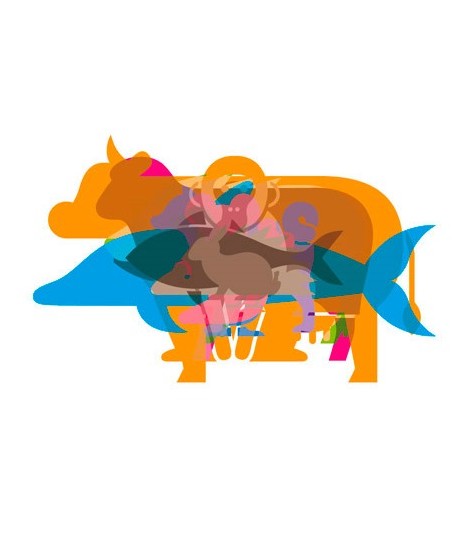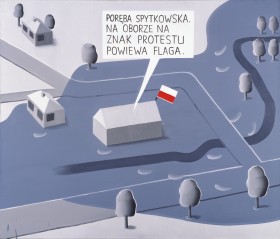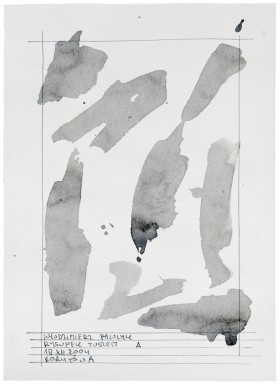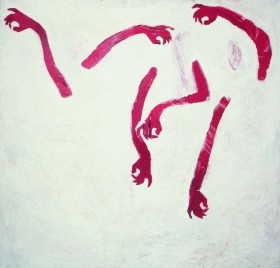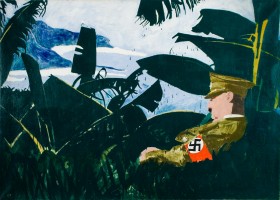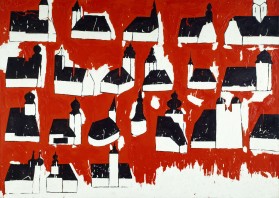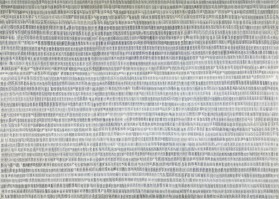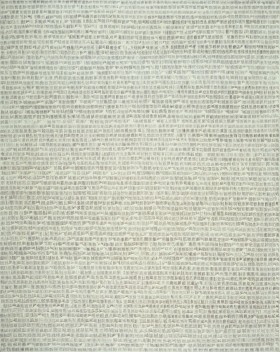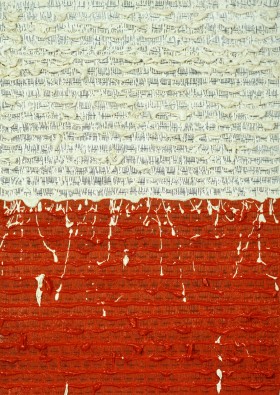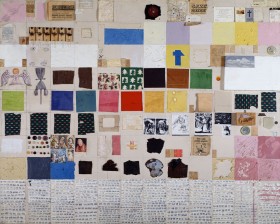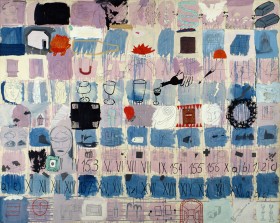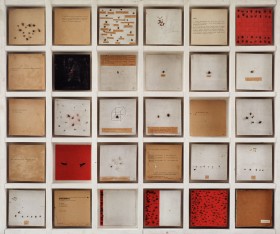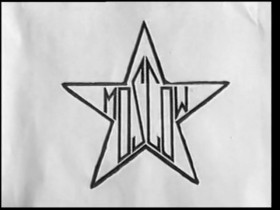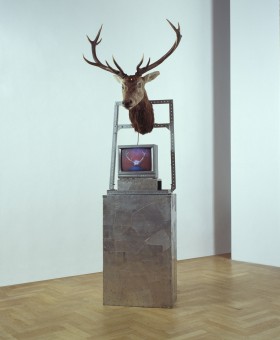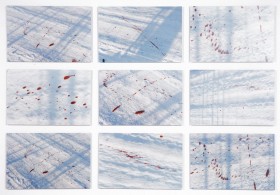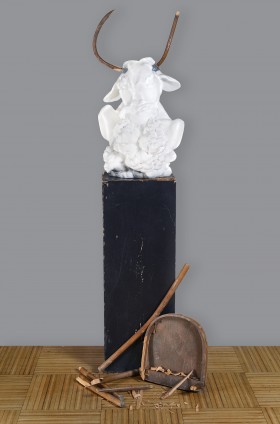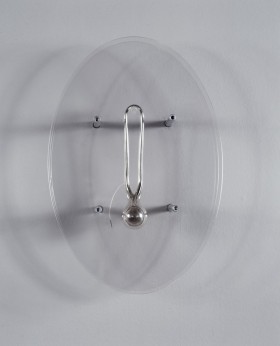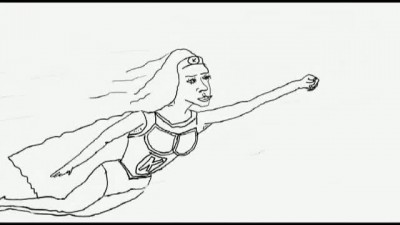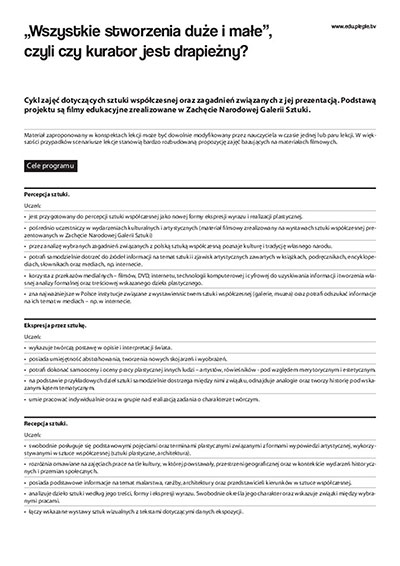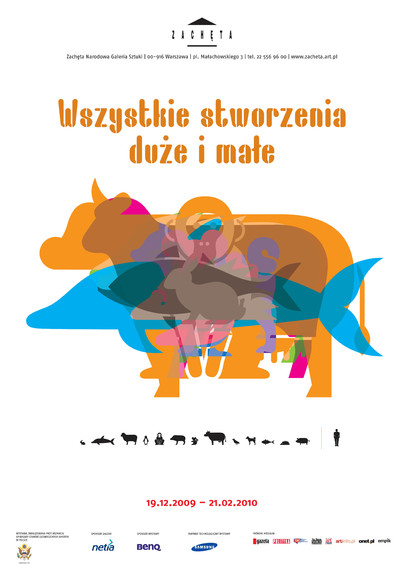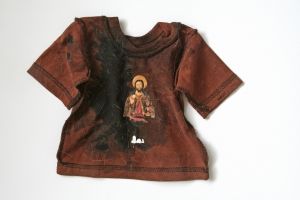All Creatures Great and Small
19.12.2009 – 21.02.2010 All Creatures Great and Small
Zachęta National Gallery of Art
artists: Olaf Brzeski, Bogna Burska, Kuba Bąkowski, Leszek Golec, Marcin Maciejowski, Artur Malewski, Rafał Milach, Józef Robakowski, Włodzimierz Pawlak, Marina Abramovic&Charles Atlas, Vito Acconci, Pilar Albarracín, Dan Attoe, Roger Ballen, Joseph Beuys, John Bock, Mircea Cantor, David Claerbout, Marcus Coates, Anna Dębska, Mark Dion, VALIE EXPORT, Angus Fairhurst, Peter Fischli&David Weiss, Peter Friedl, Leszek Golec&Tatiana Czekalska, Douglas Gordon, Jean-Charles Hue, Elżbieta Janczak-Wałaszek, Agnes Janich, Christian Jankowski, Marina Kappos, Mike Kelley, Kristof Kintera, Grzegorz Kowalski, Igor Krenz, Natalia LL, Dominik Lejman, Rafał Milach&Andrzej Sidor, Ciprian Mureşan, Yach Paszkiewicz, Elisa Pône, Marc Quinn, Zygmunt Rytka, Alain Séchas, Deborah Sengl, Carolee Schneemann, Rudolf Schwarzkogler, Dusan Skala, Gabrielle Stellbaum, Eric Swenson, Javier Téllez, Gabriela Vanga, Bill Viola, Martin Walde, Marek Wasilewski, Boyd Webb, William Wegman, William Wegman&Robert Breer, Paweł Więckowiak, The Wooster Group, Wunderteam, Erwin Wurm
curator: Maria Brewińska
cooporation: Anna Tomczak
All Creatures Great and Small develops themes initiated in the exhibition Hot/Cold – Summer Loving shown in Zacheta in 2007 that presented different forms of love, including the love humans feel for animals.
The forthcoming exhibition concentrates only on the problem of the world of animals, exploring artists' diverse takes on this problem and the range of ways of visualizing it in art. The point of entry for the exhibition is the desire to overcome the dogmatic anthropocentrism that places the human in the centre of the world as a privileged species of the highest ontological status. This viewpoint continues to dominate in contemporary science, and as a consequence we witness the exclusion of other species/phenomena of life on earth from the sphere of scientific knowledge in terms of their subjectivity or rights.
The theory of evolution presented in the book The Origin of Species (for which this year was a double anniversary, since it was 150 years since it was first published and 200 years since the birth of its author, Charles Darwin) put humans on the summit of the animal hierarchy, but not as a separate ‘super-animal’, but as a species that was part and parcel of nature and subject to its processes in the chain of natural changes. In 1872, Darwin published another book: On the Expression of Emotion in Humans and Animals, describing the world of animals through expressions of emotions which up until that point has been the purview only of the human species. This was a revolutionary thought for its day which presented animals and people not as separate or antagonistic worlds, but as connected to one another by degrees of similarity and close ties.
Although discontented commentators write that contemporary science generally encounters the Other only at its daily meal times (animals are often included in the group of all Others excluded by society or existing at its margins, beyond the ‘centre’), nonetheless worthy of attention is a new wave of books, accounts and texts written between the 1960s and today (a large part in which was no doubt played by the ecological movements and struggles for animal rights that emerged on the wave of revolutionary changes in the 60s) formulating new approaches to the non-human world, its relations with the human world and vice-versa, and thus opening up new philosophical or ethical questions.
One of the elements in the radical changes in art, that also began in the 1960s, has been the fundamental change undergone in the way that artists approach the animal world and the relations between people and animals. The works shown visualize this world in its diverse aspects through the use of less or more engaged observation, the pleasure of watching, touching or possessing through domestication, the pleasures experienced by animals themselves in play, but also the question of enclosing their existences into the ghetto known as Zoological Garden. Works also make reference to difficult questions concerning the use of animals as commodities, of causing them pain and suffering, of eating their bodies. Many works upturn the semantics of animals, giving them the symbolic significance which culture has denied them through civilisational change. In others, animals become participants in experiments through which we observe their mutual interactions, or are also a part of formal artistic experiments. Amongst the questions relating to the relations between humans and animals are to be found works on the animalist aspect of human nature and on the desire to identify with an Other by ‘becoming animal’.
The exhibition presents this world from a human perspective (as we do not know any other), and thus in the background also sketches out the image of humans as they emerges through their relations with the animal world.
All Creatures Great and Small
19.12.2009 – 21.02.2010
Zachęta National Gallery of Art
pl. Małachowskiego 3, 00-916 Warsaw
See on the map
The exhibition supported by The Embassy of the United States of America in Poland.
sponsor of the exhibition: BenQ
technological partner: Samsung
sponsor of the gallery: Netia
sponsors of the opening ceremony: Blikle, Freixenet
media patronage: Gazeta Wyborcza, Polityka, TOK FM, The Warsaw Voice, VIS Á VIS, Art&Business, artinfo.pl, onet.pl, empik
